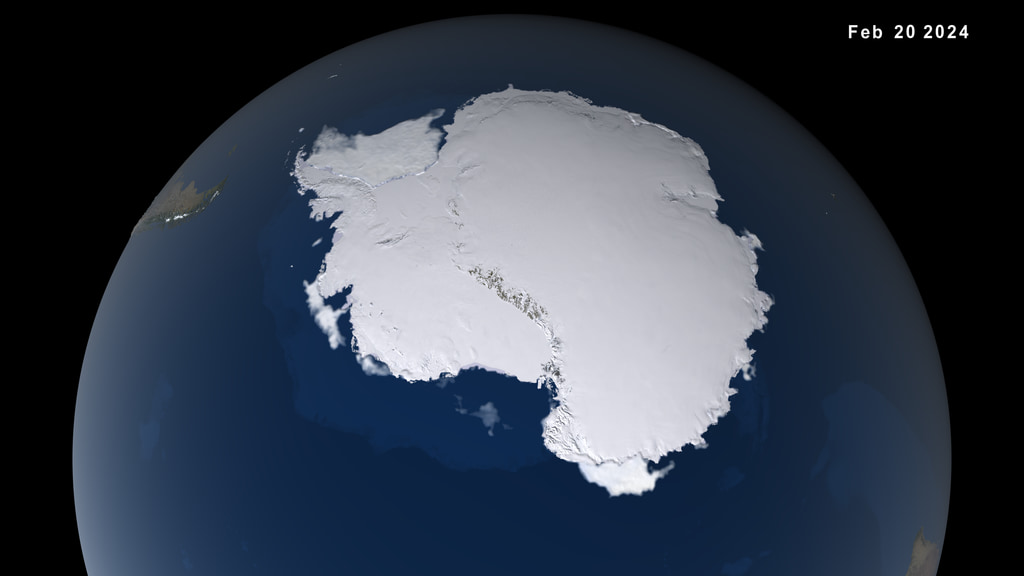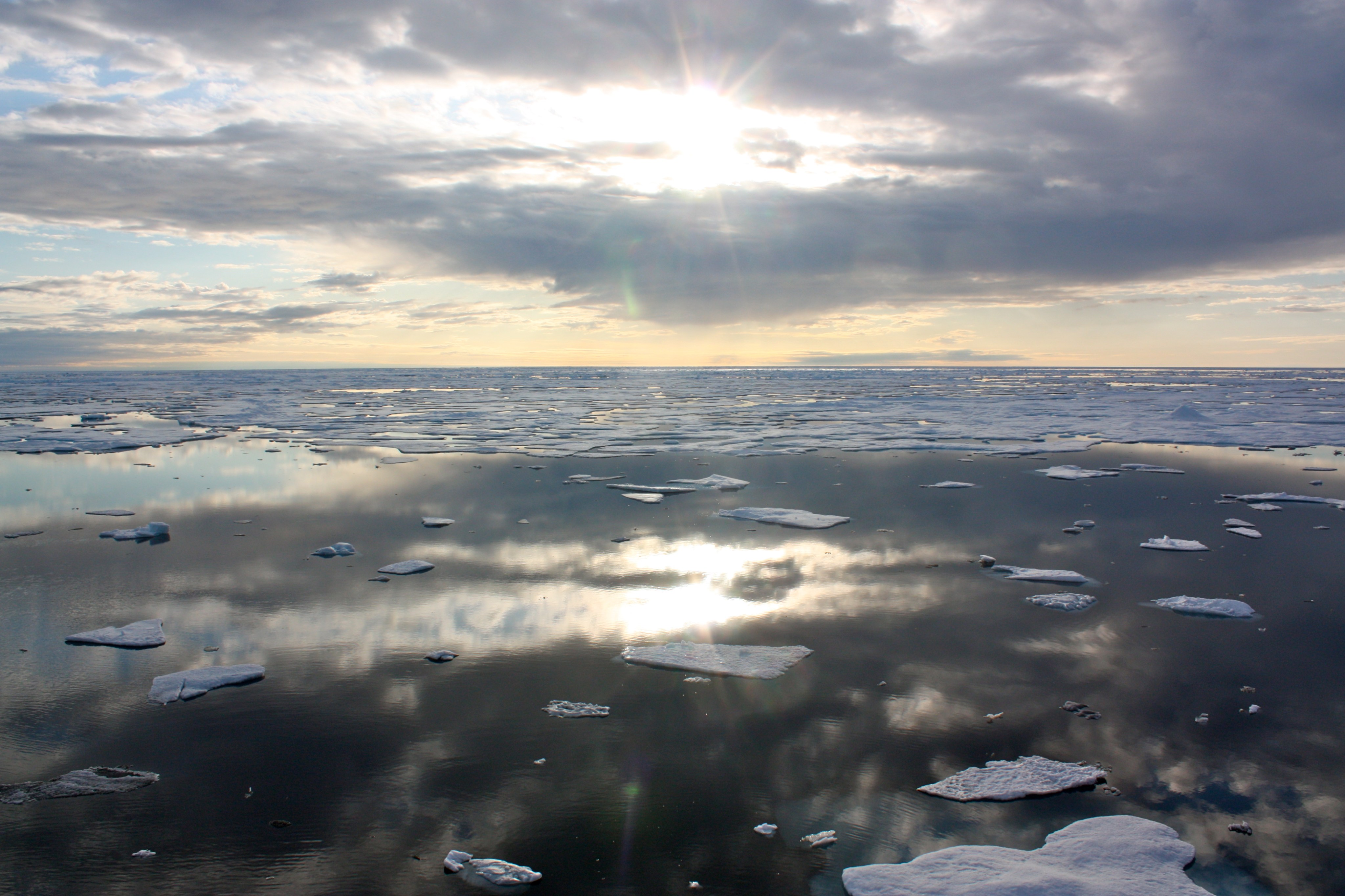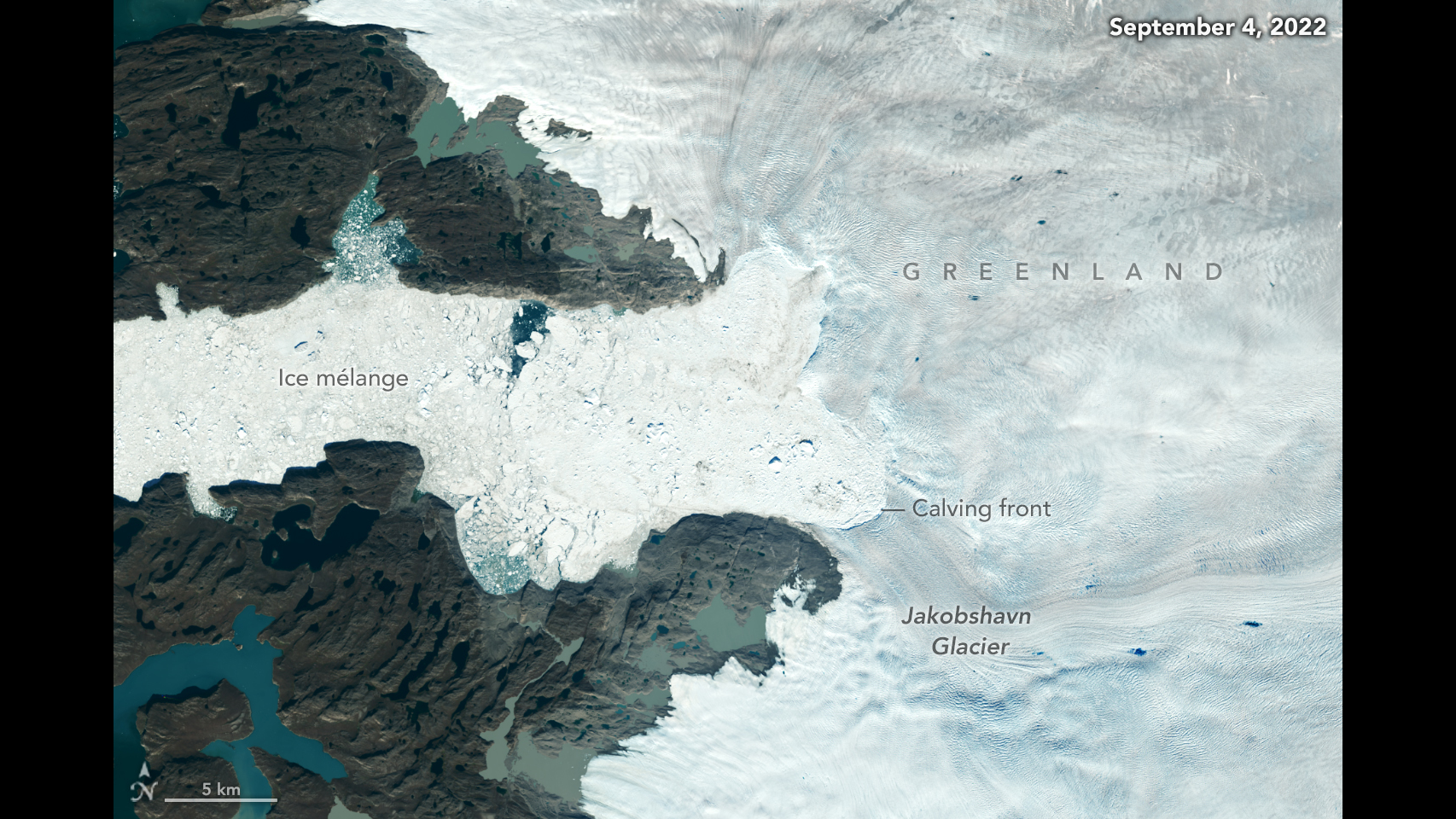4 min read
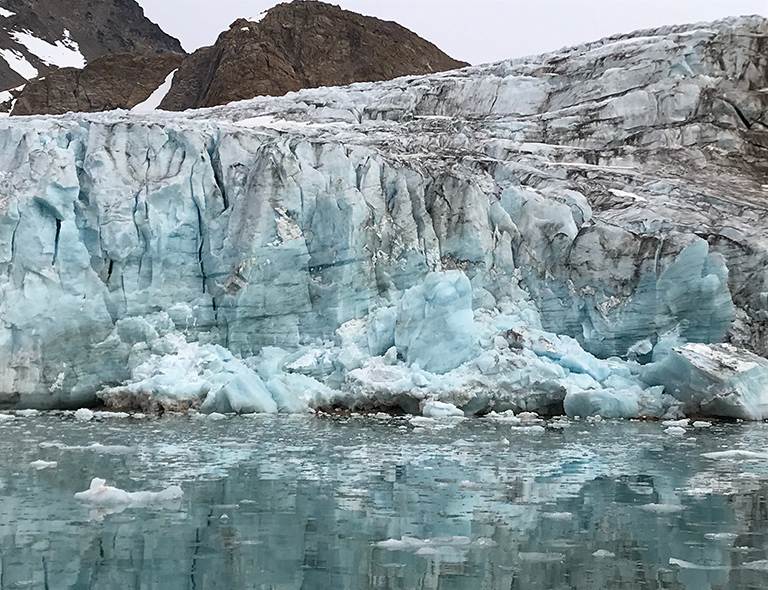
“Incredibly majestic.”
After years of intensive research on Greenland’s glaciers, Josh Willis is standing next to one for the first time in his life. Apusiaajik isn’t one of Greenland’s giants — in fact, its name means “little glacier.” But its marbled blue-and-white wall of ice is tall, long and, as Willis says, majestic.
It’s also melting. From time to time there’s a loud cracking noise, and seconds later, a few refrigerator-sized chunks of ice drop into the ocean. You can’t help wondering when a larger chunk will fall, and how much icy water will hit you when it does. It’s natural for glaciers to lose ice this way, though disconcerting when you’re in the neighborhood. But Apusiaajik is like most of Greenland’s glaciers, it’s out of balance — melting faster than it can be replenished by winter snowfall.
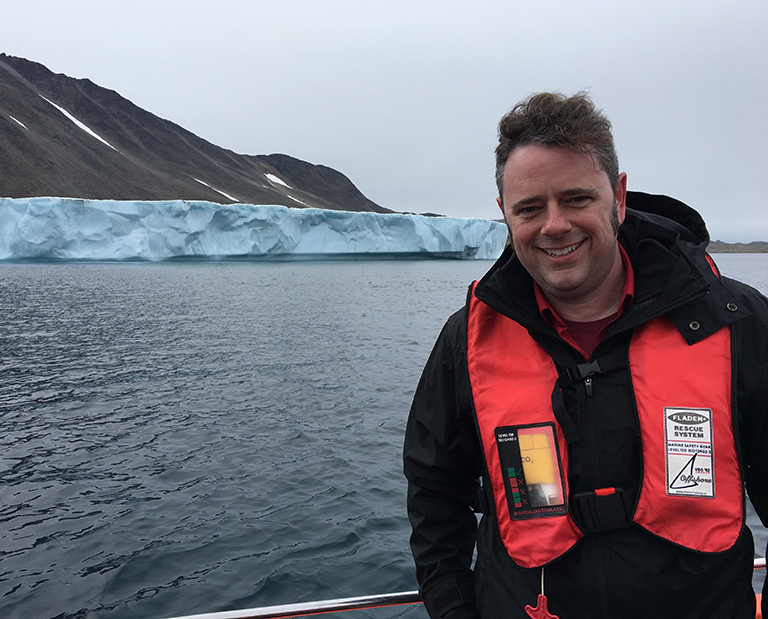
We’re visiting the little glacier on a down day for NASA’s Oceans Melting Greenland (OMG) campaign. It’s close to Kulusuk, a tiny village on Greenland’s east coast that happens to have an airport with a 4,000-foot-long gravel runway. That’s too short for a big jet to take off and land. But for OMG’s converted DC-3, the Kulusuk airport is perfectly located for the mission’s survey flights around southeastern Greenland, studying how ocean water is affecting glaciers like Apusiaajik.
OMG is on its third annual campaign out of a planned five. The goal each year is to blanket Greenland’s continental shelf with probes measuring the seawater’s temperature and salinity. This year, the team has already dropped 89 out of 250 probes, starting at the southern tip of Greenland and working up the east coast. Soon it’ll be time to move north to the next base.
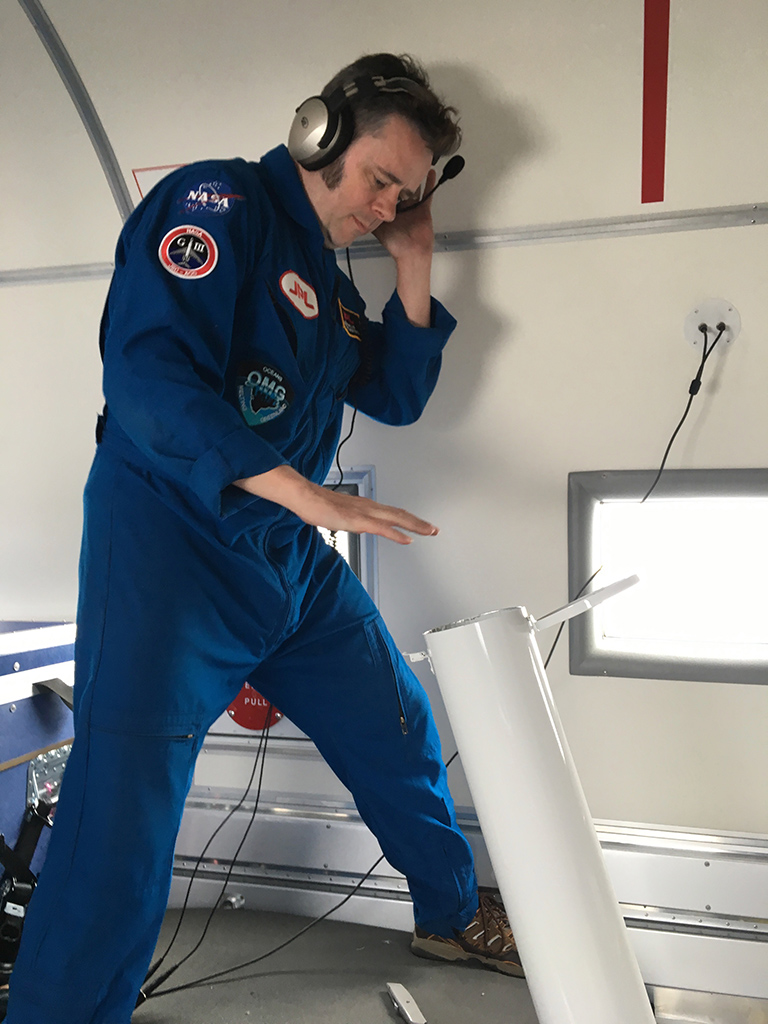
Halfway through OMG’s expected lifespan, what have scientists learned, and what do they still hope to find out?
“We’re beginning to see the signs of long-term changes on Greenland’s continental shelf — changes that take years to happen,” Willis says. “We’ve never seen that before.” Daily changes in water temperature come and go, but the OMG scientists are finding that glaciers react more strongly to slow changes in water temperature far below the ocean surface.
Greenland’s continental shelf is shallow, averaging about 1,600 feet (500 meters) deep. But it’s gashed by troughs carved by ancient glaciers, which can be two times deeper than that. These troughs are natural conduits for deep water to get up on the shelf, but it’s not an easy passage. Sills and underwater mountains within the troughs impede the flow and create basins.
Willis gestures at the ice-flecked channel flowing past Apusiaajik. “In a couple of weeks, all this water will be way downstream,” he says. “In the troughs and basins on the shelf, that’s not true. They’re almost like tide pools — the water comes in at high tide and stays there till the tide comes back. In those deep basins, instead of twice per day like the tide, it’s more like once per year and sometimes less. And when warm or cold water gets in, it stays for years.” There’s not always enough variation in the seawater from winter or summer for water to get into the basins each year; it may take a change in a large-scale ocean climate pattern, similar to an El Niño event in the Pacific Ocean, to trigger the change.
For the last two years, the North Atlantic has been moving into a naturally cooler climate phase. Willis is eager to see when and how far the cooler water will move up the West Greenland coast, and how long it will last.
Answering those questions will chip away at the big remaining goal of OMG: quantifying how much glacial ice melt will result from any given change in ocean temperature. If water comes onto the continental shelf that’s a degree Celsius warmer than now, how much will the melt rate increase? What about three degrees?
“One of the advantages of watching a glacier change year after year after year is that you begin to get an idea of what’s driving the change. If it’s the ocean, I think we’ll be able to quantify that with two more years of OMG data,” Willis says.
“That’s what we set out to do. What I’m really excited about is that it’s beginning to happen.”

